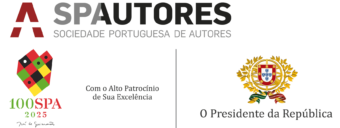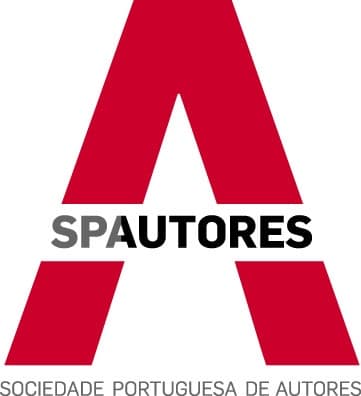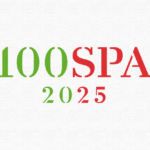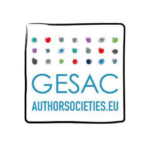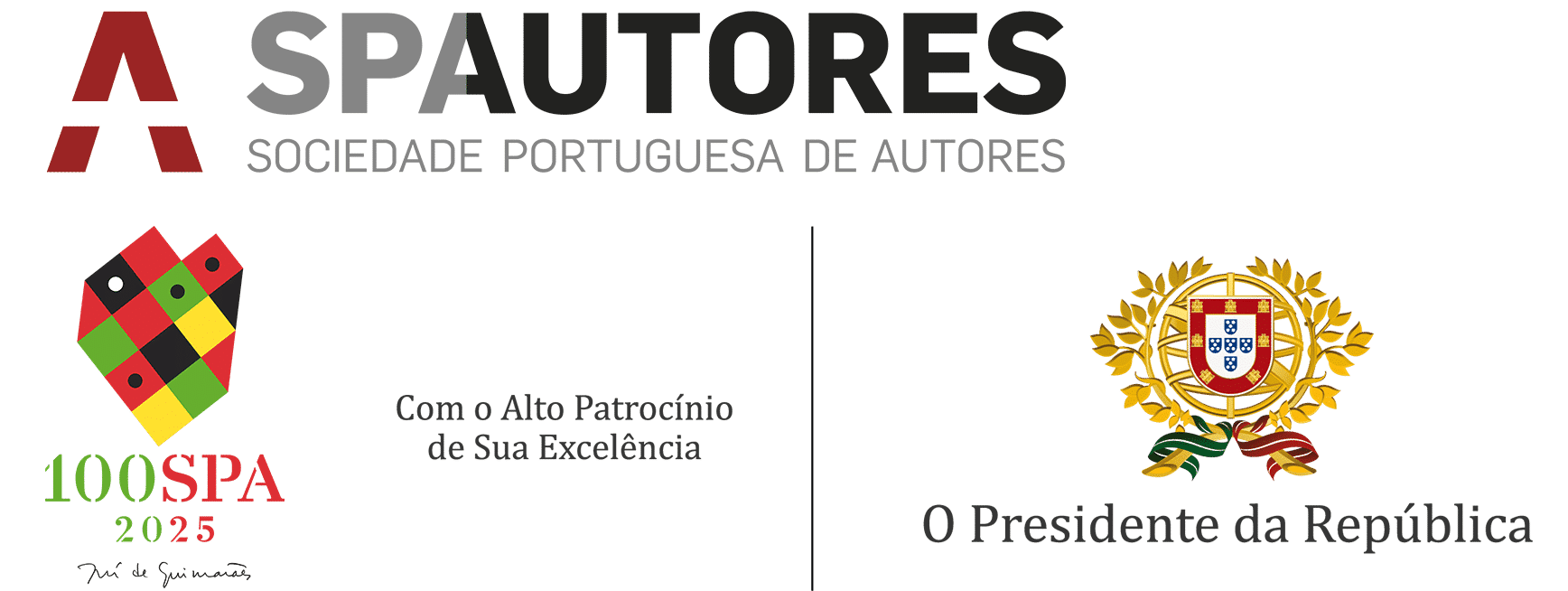There are several ways to look at national maps and to realize the multiple realities that they hold within themselves. Maps must be the face of a unity that also embraces diversity and contradiction. Too bad it will be if the maps become fragile propaganda instruments of a cohesion that does not exist.
Portugal, for the sake of all of us, has never faced the drama of a diversity that has put it or puts it in question. We are a peaceful diversity that does not live the drama of diversity that constrains, undermines and divides. Our diversity is a result of the way we live and build our history.
At a time when we are so intensely discussing what will be the future of Spain and Catalonia with institutions and populations confronting in the streets and in the media space their different opinions and feelings, the tranquility of the Portuguese reality leaves us in critical silence that allows us to observe what will happen, whatever the outcome. However, we must be aware that, whatever the epilogue, it should not leave us indifferent. What happens in Spain can always have consequences for Portugal and for the Portuguese, even without the uneasiness that arises from a past so often marked by military confrontation and political quarrel. Times are different, but people are the same, for better or for worse.
I also call attention to the opportunity of launching an initiative entitled Map of Portuguese Authors, which the Portuguese Society of Authors is carrying out, demonstrating that many are the municipalities and regions whose identity is strengthened by the reference to writers, musicians, visual artists, playwrights and others who were born in them and affirmed themselves as creators of reference.
Faro is the city of António Ramos Rosa, Funchal of Herberto Helder, Vila Viçosa of Florbela Espanca, Setúbal of Manuel Maria Barbosa du Bocage, Oporto of Almeida Garrett, Sophia de Melo Breyner and José Gomes Ferreira, Lisbon of Cesário Verde, David Mourão -Ferreira, Alexandre O “Neill and Mário Cesariny, and Tomar of Fernando Lopes-Graça.
It is possible, from these and dozens of other important names, especially from the second half of the nineteenth century and the whole of the twentieth century, to build a geography of memory and affection that embraces the names and works that complete and magnify us. The Map of Portuguese Authors can and should involve municipalities, possibly the Ministry of Education and other public institutions that represent the central power, as well as social media, publishers and associative structures of reference. As someone said, it is even permissible that from this general framework a more comprehensive and mobilizing toponymy can be created.
So far, more than 120 names have been identified, which will allow for a proximity and celebration relationship involving SPA and many municipalities throughout the country.
It is stimulating and innovative the idea that children from many schools can have the map of Portugal in front of their eyes, creatively pointing to the birthplaces of writers and other authors whom generations have long admired.
From this geographic and cultural survey can also be born a television and radio program and also documentaries to help us know more about what is ours and of all times.
Where ideas and projects exist, all wills can come together to bear fruit, and these fruits will broaden our ability to give wings and sense of flight to what our memory unites and embraces.
The Map of the Portuguese Authors, an idea that we have not seen until today have expression in other countries, can become a platform for dialogue and common work that must involve several generations and institutions in a creative and mobilizing way. SPA gave the starting shot and has the advantage and the merit of representing the vast majority of authors and the creative contributions that, over the years, have both enriched our culture and collective memory.
